Name Bernardo de | ||
 | ||
Similar Jean Lafitte, Simón de Herrera, James Long (filibuster) Born August 20, 1774 (age 26) Died May 13, 1841 (aged 26) | ||
Dip. Beatriz Collado: 170 Aniversario del Coronel José Bernardo Maximiliano Gutiérrez de Lara
José Bernardo Maximiliano Gutiérrez de Lara was the first constitutional governor of the state of Tamaulipas, and a native of Revilla, today Ciudad Guerrero, Mexico.
Contents
- Dip Beatriz Collado 170 Aniversario del Coronel Jos Bernardo Maximiliano Gutirrez de Lara
- Escuela secundaria tecnica numero 16 de valle hermoso jose bernardo gutierrez de lara
- Life and politics
- References
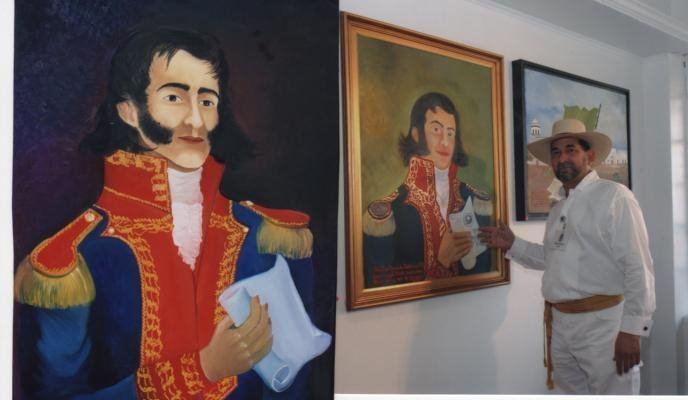
Escuela secundaria tecnica numero 16 de valle hermoso jose bernardo gutierrez de lara
Life and politics
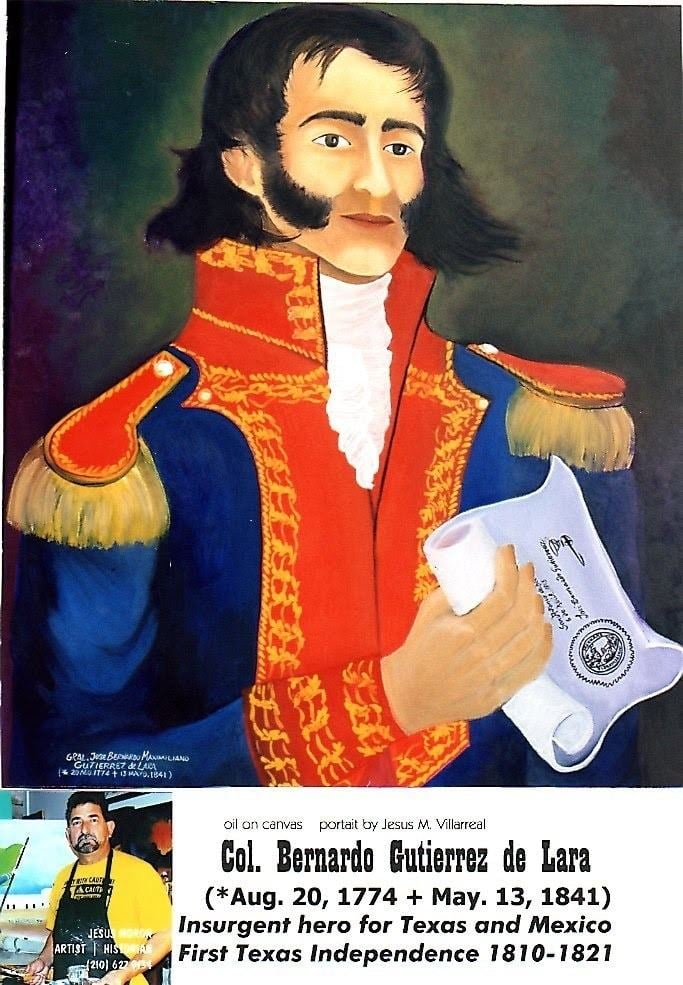
Gutiérrez de Lara was obsessed with the idea of freeing Mexico from Spain, and he began by recruiting and arming twenty-one men in Texas. Then together with José Menchaca, he spoke with the Indians and convinced them to fight with him against the Spanish.
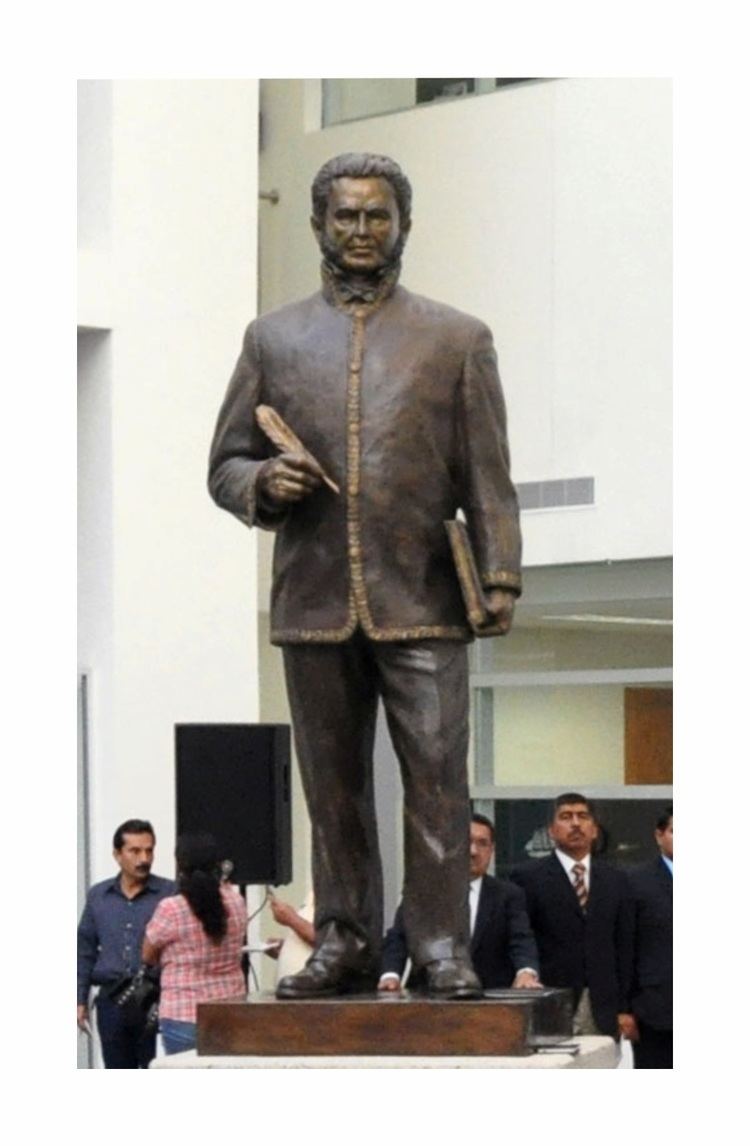
After the suppression of an 1811 insurrection in Nuevo Santander, Gutiérrez de Lara, a strong supporter of the revolutionary movement, traveled to Washington, D.C. He can be viewed as the first Mexican diplomat in Washington, D.C., since on December 10, 1812, he went to the United States House of Representatives to request support for the cause of Mexican independence. He was welcomed with much interest, but the U.S. government could not offer assistance without jeopardizing relations with Spain.
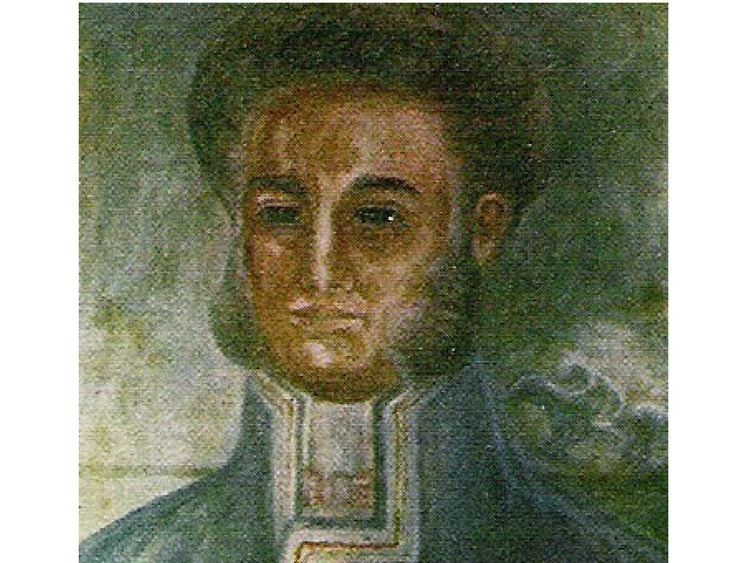
Nevertheless, he managed to raise a private force. In The Herald of Alexandria, Louisiana, on August 31, 1812, he published notice of what he called the “Republicans of Nacogdoches" to recruit volunteers. The troops under Gutiérrez de Lara's command consisted of only 450 men, many of whom were military adventurers from the United States. He invaded Texas with this slender force in 1812, taking possession of several cities and driving back the forces of Manuel María de Salcedo and Simón de Herrera, in addition to allowing these two governors and other officials to be murdered/executed by Antonio Delgado. On April 6, 1813, he declared the independence of Texas from the kingdom of Spain, proclaimed its first constitution, and declared himself the first president of Texas.
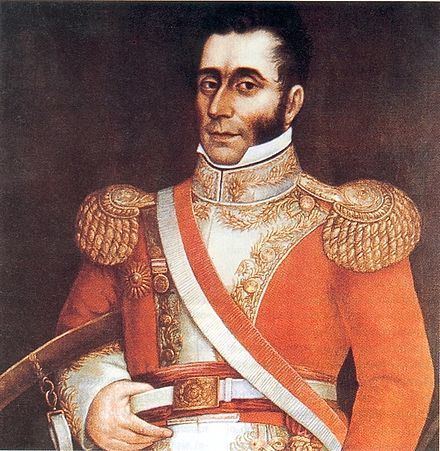
Warned of these developments, José Joaquín de Arredondo, whose forces were quartered in the Valley del Maíz, marched to engage Gutiérrez de Lara, collecting men and material on the way through Nuevo Santander. Colonel Ignacio Elizondo, sent in advance, allowed himself to be drawn into an engagement, and was totally routed. A few weeks later Arredondo himself defeated the insurgents, now under the command of José Álvarez de Toledo y Dubois, who had replaced Gutiérrez de Lara. Many prisoners were executed, including all the captured United States citizens, ending all hope of aid from the United States.
After the failure to create an independent Texas, he supported the Spanish general Francisco Javier Mina in his expedition of 1817 in support of the Spanish Constitution of 1812, and later accompanied James Long in his expeditions in 1818 and 1819.
Agustín de Iturbide, forming a broad coalition under the Plan de Iguala, recognized Bernardo Gutiérrez for his activities in support of Mexican independence. In 1824 he returned to Revilla, and one year later he was made the first constitutional governor of Tamaulipas. He moved to live in Linares, Nuevo León with his son José Ángel. He later fell ill on a trip to Santiago and died May 13, 1841. He was buried in the church at Santiago. An accredited Mexican Medical School was founded in his name in 2007.
